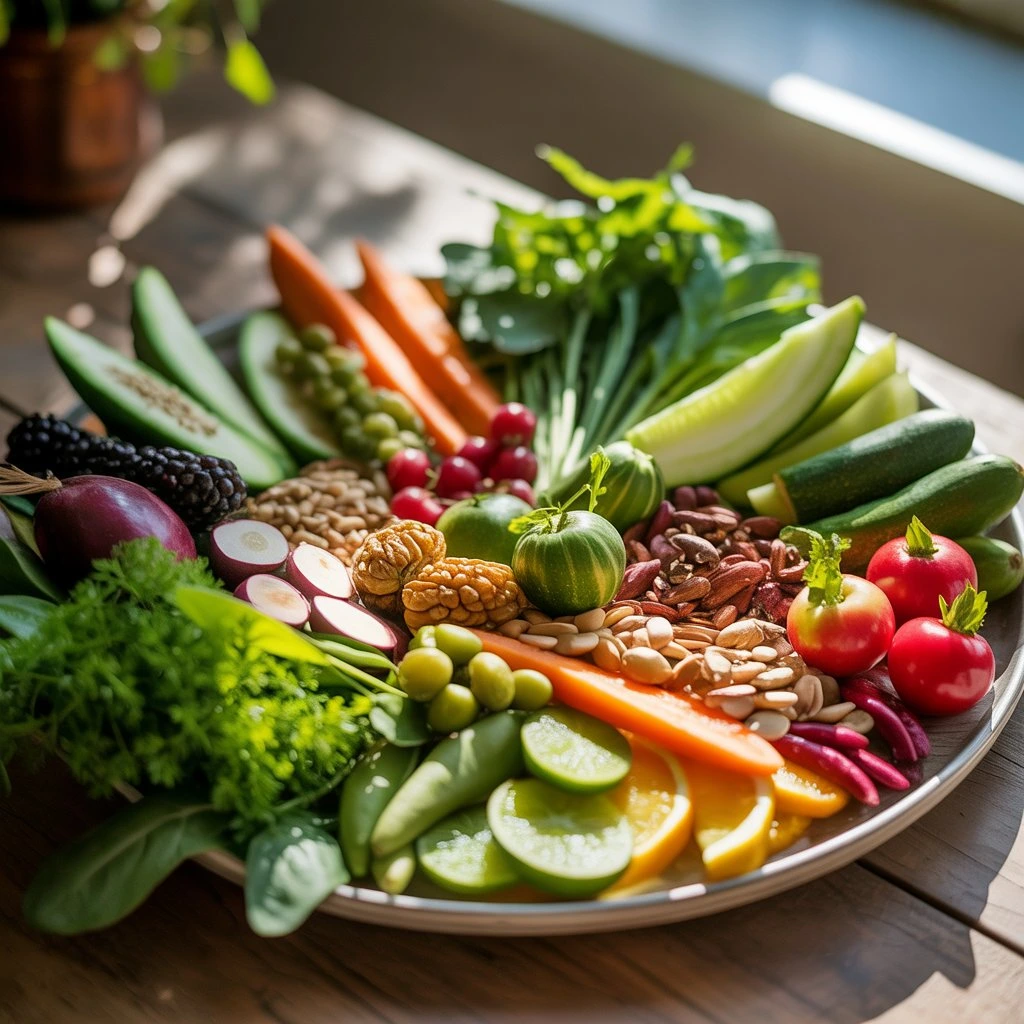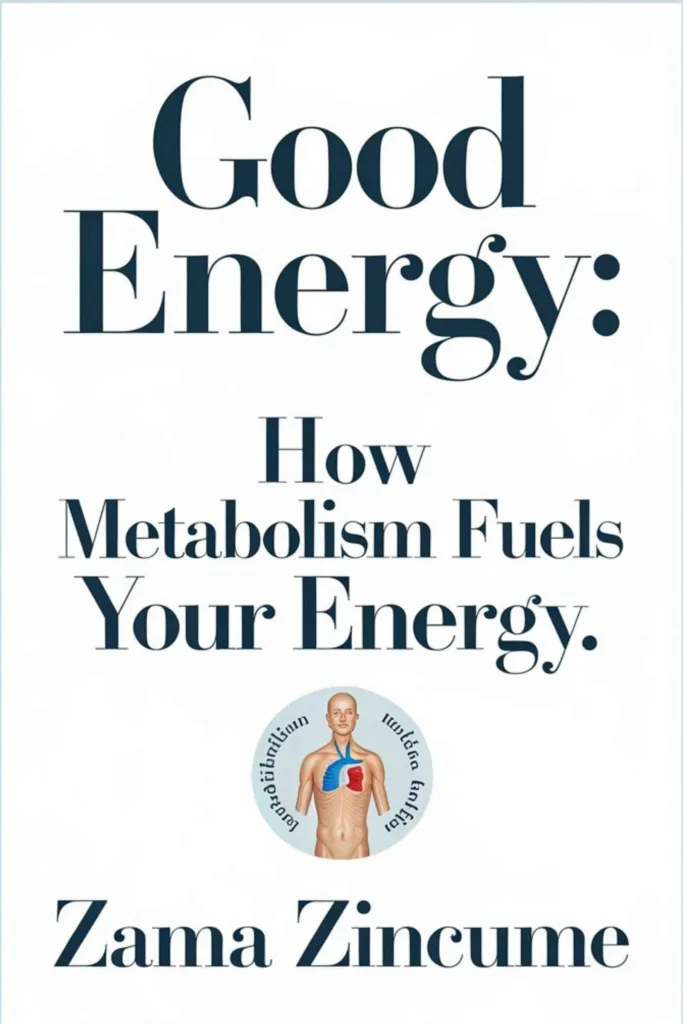How I Stay Energised Naturally on a Plant-Based Diet

Can I share with you how I stay energised naturally on a plant-based diet?
If you’ve ever worried that eating plant-based food might make you tired or low on energy, trust me — I understand. I used to think the same thing.
Once I learned to balance my meals and lifestyle, I found something amazing: you don’t just survive on a plant-based diet — you thrive.
In this post, I’ll show you how I boost my energy all day. I use simple, natural, plant-based strategies that fit easily into daily life.
Energy Isn’t Just About Calories
When I first started eating a plant-based diet, I thought that consuming more carbs would mean more energy.
Sometimes that worked — but other times, I found myself yawning by mid-afternoon.
The most significant change came when I learned that energy comes from balance and nutrient density, not just calories.
Here’s what I focus on every day:
- Complex carbohydrates: oats, brown rice, sweet potatoes, mielie meal, sorghum — they give slow, steady energy.
- Plant proteins: beans, lentils, chickpeas, tofu, tempeh, soya mince — these keep me full and stop energy crashes.
- Healthy fats: avocado, nuts, seeds, olive oil, peanut butter — these feed my brain and keep energy consistent.
- Micronutrients: iron, iodine, B12, magnesium, and potassium — these act like spark plugs for the body; if they’re low, your energy drops.
A balanced plate really is the key to feeling good all day.
My Simple “Energy Plate” Formula
I don’t count calories or macros. I use a simple formula that keeps my meals balanced and satisfying:
- 40% veggies and fruit
- 30% whole grains or starches
- 30% plant protein
- 1–2 tablespoons healthy fats.
This way of eating keeps my blood sugar steady and prevents the heavy “food coma” feeling that often follows meals.
Example lunch: Brown rice with black beans, a fresh cabbage and tomato slaw, and a drizzle of olive oil and lemon. I often add toasted seeds or a side of fruit if I’m working out later.
Why Timing Your Meals Matters
I feel much better when I eat most of my energy earlier in the day. My body performs best when I provide it with fuel before it needs it.
Here’s what works for me:
- A big breakfast within an hour of waking up — oats with chia and berries, or tofu scramble on mielie toast with avocado.
- A protein-rich lunch — beans and rice with veggies.
- A lighter early dinner — a warm lentil bowl or soup, so I sleep better.
If I exercise, I’ll have a banana before.
Afterwards, I might eat tofu on toast or soy yoghurt with fruit.
Keeping mealtimes consistent helps me avoid energy crashes.
Hydration: The Easiest Energy Booster
The fastest way I’ve found to beat tiredness is to drink more water. Often, what feels like hunger or fatigue is just mild dehydration.
My routine is simple:
- Two glasses of water when I wake up.
- One bottle on my desk that I refill 2–3 times a day.
- Extra water (or an electrolyte drink) when I exercise or it’s hot outside.
This is an easy win because even a slight decrease in hydration can leave you feeling exhausted.
The Vitamins and Minerals That Keep Me Going
Even the healthiest meals can miss specific nutrients. Here’s what I always keep an eye on:
Vitamin B12
This one is non-negotiable for vegans. B12 helps your nerves and red blood cells work properly. Since plants don’t have it, I take a B12 supplement or use fortified foods like plant milks or nutritional yeast.
Iron
Iron is best absorbed with vitamin C. I combine lentils or leafy greens with citrus fruits, tomatoes, or bell peppers. For example: spinach and lentil stew with a squeeze of lemon.
Iodine, Vitamin D & Omega-3s
- Iodine: Use iodised salt or sea vegetables, such as nori.
- Vitamin D: Get sunlight whenever possible, and supplement as needed.
- Omega-3s: Eat chia, flaxseeds, or walnuts daily. Another option is to take an omega-3 supplement made from algae.
My quick checklist: B12? Iron with vitamin C? Iodised salt? Omega-3s? A little sun? If you can tick those off, you’re set.
My Go-To “Energy Anchor” Meals
Here are five of my favourites that keep me fuelled and happy all week:
- Oaty Power Bowl – Oats cooked with soy milk, chia, and peanut butter, and topped with banana and berries.
- Chickpea Crunch Wrap – Spiced chickpeas in a wrap with cabbage slaw, avocado, and tahini dressing.
- Samp & Beans Revival – Traditional samp and sugar beans cooked with tomatoes and onions, served with morogo (wild spinach).
- Tofu-Veg Stir-Fry – Tofu cooked with sesame and ginger, served with brown rice and cashews.
- Sweet Potato Tray Bake – Roast sweet potato, mushrooms, and kale with lentils and pumpkin seeds.
Each one balances carbs, protein, and healthy fats to keep your energy steady throughout the day.
Move Your Body — It Boosts Everything
Exercise isn’t just for fitness — it’s a huge energy booster. When I move my body, my mood and focus skyrocket.
Every week, I try to get in at least 150 minutes of moderate exercise. (such as walking, cycling, or dancing) and two strength training sessions. Even 10-minute walks help.
When I exercise, I drink water before, during, and after my workout. I always eat something with both carbs and protein afterwards to help with recovery. I like toast with tofu or fruit with soy yoghurt.
Sleep: The Silent Secret to More Energy
No amount of kale can fix poor sleep! I notice a big difference when I get 7–9 hours.
My routine is simple:
- I set a “wind-down” alarm one hour before I go to bed.
- I drink rooibos tea instead of coffee in the evening.
- I try to wake up at the same time every day, even on weekends.
Sleep boosts my focus, balances my hunger, and fuels my motivation. It’s essential for my plant-powered life.
Coffee: Friend, Not Foe
I love my morning coffee, but I stop after 12 p.m. That keeps my energy stable and helps me sleep at night.
When I want something warm later in the day, I drink rooibos tea — it’s naturally caffeine-free and full of antioxidants. Plus, it feels like a relaxing ritual.
How I Plan My High-Energy Week
Here’s what a typical week looks like for me:
Sunday Prep (1 hour):
- Cook a big batch of beans or lentils.
- Roast veggies (sweet potatoes, carrots, broccoli).
- Cook a grain (rice or quinoa).
- Make a sauce (such as tahini-lemon or peanut satay).
- Prep a snack jar of nuts and dried fruit.
During the Week:
- Breakfast: Oats or tofu scramble with toast and avocado.
- Lunch: Grain + legumes + veggies.
- Snack: Apple and nuts or hummus and carrots.
- Dinner: Veg-heavy bowl with lentils or tofu.
- Water: One bottle by noon, one by 4 p.m., one after dinner.
- Exercise: Walk daily and complete two strength training sessions per week.
- Sleep: Turn off the lights one hour before bed.
If I do all that, I never need an “energy drink” — my body provides all the power I need.
When Energy Drops (and How I Fix It)
If I crash at 11 a.m., I add more protein or fat to breakfast (like nut butter or tofu).
If I get sleepy after lunch, I eat smaller portions of starch and go for a short walk.
If I’m wired at night, I cut caffeine after lunch and lower the lights after dinner.
If I still feel drained, I check my hydration, sleep, and stress. If I’m still tired, I ask my doctor to test my iron, B12, and vitamin D levels.
My Sample Day for All-Day Energy
Breakfast (7:30 a.m.): Creamy oats with chia, peanut butter, banana, and frozen berries.
Snack (10:30 a.m.): Carrot sticks with hummus and a big glass of water.
Lunch (1:00 p.m.): Brown rice with black beans, roasted sweet potatoes, spinach, and avocado.
Snack (4:30 p.m.): One banana before exercise.
Dinner (7:00 p.m.): Lemon-garlic lentil stir-fry with broccoli and quinoa, topped with a tahini sauce.
Evening: Rooibos tea, journal, and early bedtime.
The Takeaway: Energy Is a System, Not a Mystery
When I view energy as a system, I can design everything to fall into place.
Good food gives me the fuel. Hydration, movement, and sleep keep it flowing. Supplements fill the gaps.
Improve one small thing. For example, add protein to your breakfast. Or carry your water bottle. You’ll feel the change in just a week.
Plant-based living doesn’t drain your energy — it unlocks it.
Further Reading
- Academy of Nutrition & Dietetics: Vegetarian Diets
- Harvard T.H. Chan School of Public Health: Plant-Based Nutrition Basics
- NHS: Vitamin B12 Deficiency Symptoms
- World Health Organization: Physical Activity Guidelines
- Sleep Foundation: How Much Sleep Do We Really Need?
- South African Rooibos Council: Rooibos & Health Research
You can grab your plant-based diet energy book here

